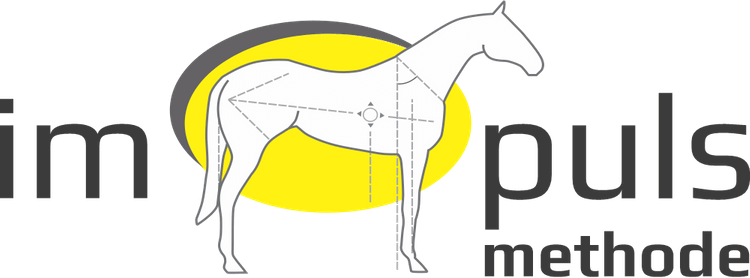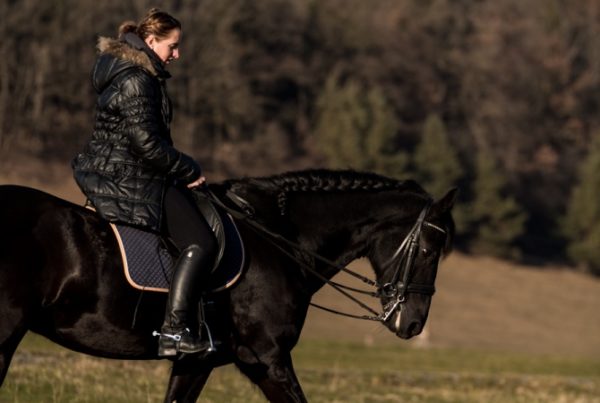We all focus on fitness, muscle building, technique training and the many other ways we can improve ourselves. In doing so, we all too often forget the need for a well-deserved break. However, recovery breaks are just as important during training and conditioning as the training itself.
The rest phases are of central importance for the recovery and restoration of the stressed muscles, tendons and ligaments. It is not easy to find the right balance between enough and too much training load. Horses need and tolerate different amounts of stress during different training phases. And, of course, every horse is capable of different levels of exertion.
So here are a few tips to help you find the right balance. Firstly, recovery breaks are just as important as taking a short break to cool down after very intensive training. Short breaks help the body to build up a certain resilience as they increase the fatigue threshold.
Tip 1: Take short breaks at an easy pace during training sessions with a lot of repetition, such as when introducing new skills or improving existing ones. Breaks are also suitable as a reward.
When building up fitness, for example in young horses, it can be beneficial to put the body under a little stress to stimulate it to become stronger. However, overloading causes the body to tire. Most damage or injuries occur during such phases of fatigue.
Tip 2: Be more conservative and give your horses appropriate recovery periods (at least 3-4 days) between very strenuous training sessions so that the tissue can recover sufficiently.
There is a phenomenon known as delayed onset muscle soreness (DOMS), also known as type II muscle soreness. This is usually not a problem, but a normal process in the context of muscle or fitness development. It also often occurs after a change or new training programme. Just like in humans, the muscles lack strength in the days that follow.
Tip 3: If you allow the tissue an appropriate recovery phase, it can regenerate and repair minor training-related impairments. After a very intensive training session, I recommend a light training session the following day and then a day's rest.
A day off and a walk together instead of a ride is a welcome rest and reward for your horse. A day off instead of a training session can have a truly rejuvenating effect.
Tip 4: To increase the quality of this "surprising holiday", you should do light training sessions on the days before and after. These will help your body and mind to relax. Also use the time for active gymnastics exercises to improve tissue function and flexibility.
Our horses are athletes. They need adequate time for rest and regeneration. This applies not only to the body but also to the mind. Breaks during intensive training phases are particularly important.




